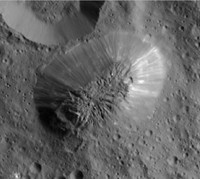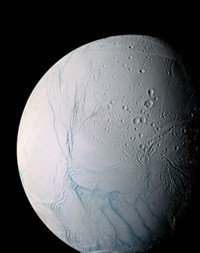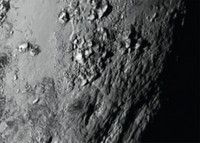Advertisement
Grab your lab coat. Let's get started
Welcome!
Welcome!
Create an account below to get 6 C&EN articles per month, receive newsletters and more - all free.
It seems this is your first time logging in online. Please enter the following information to continue.
As an ACS member you automatically get access to this site. All we need is few more details to create your reading experience.
Not you? Sign in with a different account.
Not you? Sign in with a different account.
ERROR 1
ERROR 1
ERROR 2
ERROR 2
ERROR 2
ERROR 2
ERROR 2
Password and Confirm password must match.
If you have an ACS member number, please enter it here so we can link this account to your membership. (optional)
ERROR 2
ACS values your privacy. By submitting your information, you are gaining access to C&EN and subscribing to our weekly newsletter. We use the information you provide to make your reading experience better, and we will never sell your data to third party members.
Analytical Chemistry
Planetary Science
Spacecraft finds liquid ethane in giant lake on Saturn's moon Titan
by Elizabeth K. Wilson
August 4, 2008
| A version of this story appeared in
Volume 86, Issue 31

NASA's Cassini spacecraft has detected liquid ethane in a lake near the south pole of Saturn's giant moon Titan. Although there's been ample evidence that Titan's surface and atmosphere are impregnated with methane, ethane, and other hydrocarbons, this is the first time the chemical composition of one of its liquid lakes has been determined.
The Cassini spacecraft's visual and infrared spectrometer detected liquid ethane's characteristic signature in a kidney-shaped body roughly the size of Lake Ontario. The ethane is likely mixed with methane, other small hydrocarbons, and nitrogen, reports the team, led by Robert H. Brown at the University of Arizona, Tucson (Nature 2008, 454, 607).
In the four years that it's been mapping Saturn and its moons, Cassini has revealed that Titan is riddled with what appear to be lakes, seas, and streambeds. On Titan, where the temperatures hover around –180 °C, methane and ethane have been presumed to play the role that water plays on Earth, raining out of the atmosphere to feed the liquid bodies on the surface.
The new discovery sets the stage for comparative measurements of large lakes and seas in the northern hemisphere of Titan, notes Ralph D. Lorenz, a Cassini mission scientist at the Johns Hopkins Applied Physics Laboratory who did not coauthor the recent work. If, for example, the north and south lakes should have different compositions, "that would tell us about how volatiles are deposited on Titan," Lorenz says.





Join the conversation
Contact the reporter
Submit a Letter to the Editor for publication
Engage with us on Twitter